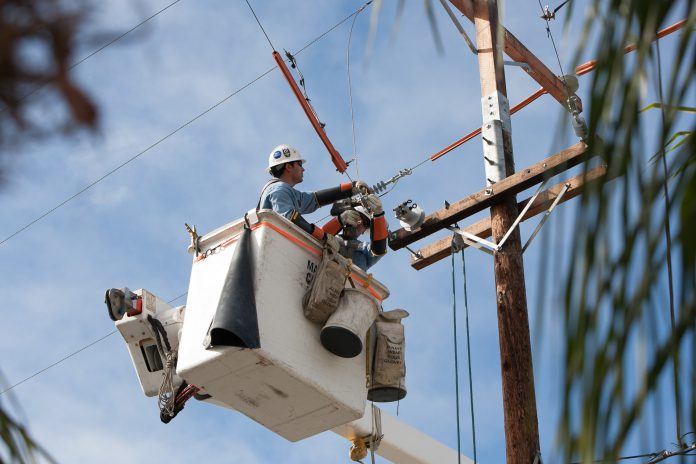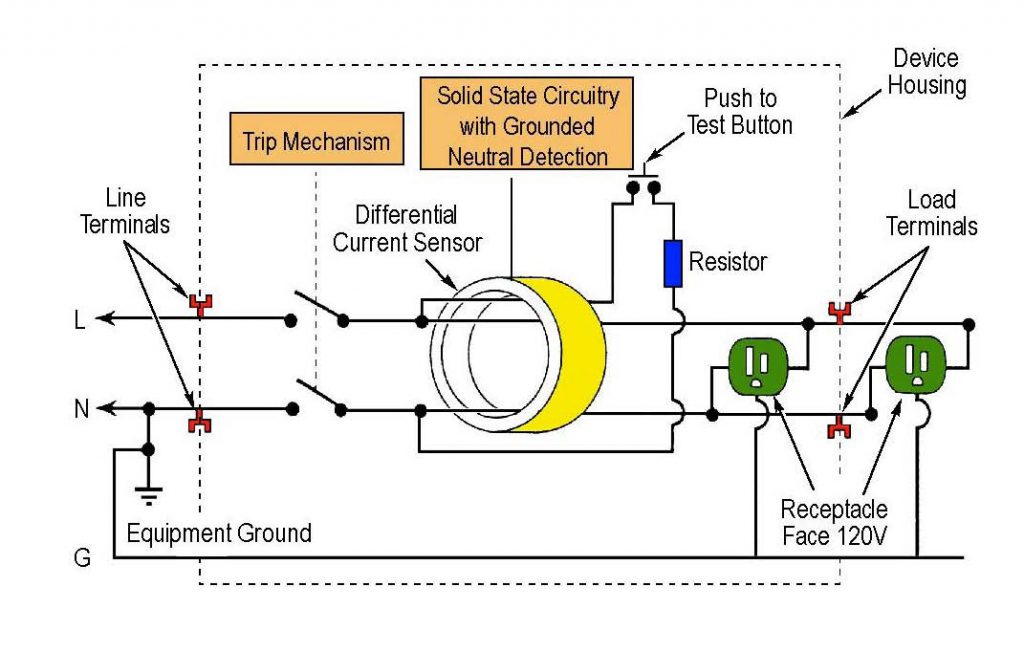Electricity – The SILANT KILLER
REZA HAJIHA/Senior Electrical Engineer/Sharif University of Technology
Electricity is often referred to as a “silent killer” because it cannot be tasted, seen, heard, or smelled. It is essentially invisible. Electricity has long been recognized as a serious workplace hazard, exposing employees to electrical shock, which can result in electrocution, serious burns, or falls that result in other injuries or even death.
We all know that electricity is essential to our everyday life, both at home and on the job. Perhaps because it has become such a familiar part of our daily life, many of us don’t give much thought to how much our work depends on a reliable source of electricity. More importantly, we tend to overlook the hazards electricity poses and fail to treat it with the respect it deserves. Statistics show that there are several hundred electrocutions each year, all of which could have been prevented. Electricity is no respecter of persons; it will injure or kill a custodian, manager, president, or office worker just as fast as it will an electrician. The laws of physics for electricity apply to everyone. Some employees work with electricity directly as part of their everyday jobs while others work with it indirectly, primarily by the use of cord and plug connected equipment and tools.
A basic understanding of the shock hazard along with the physiological effects on the human body is vital to an understanding of electrical safety. The following discussion will address the most common effects of electrical shock.
Electrical shock occurs when a person’s body completes the current path between two wires of an electrical circuit or from the energized wire to a grounded surface or object. Shocks can result in anything from a slight tingle to immediate cardiac arrest. The severity depends on several factors:
Body resistance (wet or dry skin are major factors of resistance), Circuit voltage, Amount of current lowing through the body, Current path through the body, Duration of contact, There have been many studies performed in this area with different values of current that causes each effect. The following chart illustrates average values of current and the effects as taken from the published studies:
Although the majority of electrocutions are the result of ventricular fibrillation, burns are the most common shock-related injury. An electrical accident can result in an electrical burn, arc burn, thermal contact burn, or a combination of burns. Electrical burns are among the most serious burns and require immediate medical attention. They occur when electric current flows through tissues or bone, generating heat that causes tissue damage. The body cannot dissipate the heat generated by current flowing through the resistance of the tissue therefore, burns occur.
Most electrical accidents result from one of the following:
Unsafe equipment or installation, unsafe environment, or unsafe work practices. Some ways to prevent these accidents are through the use of insulation, guarding, grounding, electrical protective devices, and safe work practices.
Ground-fault circuit interrupters (GFCI’s) should always be used when working with cord and plug connected hand-held tools or other equipment, including extension cords. This would also include the use of vacuum cleaners, buffers, and similar cleaning equipment used in commercial and industrial facilities. GFCI’s, are used in wet locations, construction sites, and other high-risk areas. These devices interrupt the flow of electricity within as little as 1/40 of a second to prevent electrocution.
GFCI’s compare the amount of current going into electric equipment with the amount of current returning from it along the circuit conductors, as illustrated in the figure below. If the difference exceeds 5 + 1 mill amperes, the device automatically turns off the power.
Additionally, electrical accidents are largely preventable through safe work practices.
Examples of these practices include the following:
Deenergizing electric equipment before inspection or repair, keeping electric tools properly maintained, Exercising caution when working near energized lines, and Using appropriate protective equipment.
A break in an electrical tool or machine insulation can cause its metal parts to become “hot” or energized, meaning that they conduct electricity. Touching these energized parts can result in an electrical shock, burn, or electrocution. The best way to protect yourself when using electrical tools or machines is to establish a low-resistance path from the device’s metallic case to the ground. This requires an equipment grounding conductor, a lowresistance wire that directs unwanted current directly to the ground. A properly installed grounding conductor has a low resistance to ground and greatly reduces the amount of current that passes through your body. Cord and plug equipment with a three-prong plug is a common example of equipment incorporating this ground conductor.
OSHA 1910.334(a) (2) requires portable cord and plug connected equipment and flexible cord sets (extension cords) to be visually inspected before use on any shift for external defects and for evidence of possible internal damaged. If there is a defect or evidence of damage that might expose an employee to injury, the defective or damaged item shall be removed from service, and no employee may use it until repairs and tests necessary to render the equipment safe have been made.
Another form of protection is to use listed or labeled portable tools and appliances protected by an approved system of double insulation or its equivalent. Where such a system is employed, it must be marked distinctively to indicate that the tool or appliance uses an approved double insulation system.
Again, a GFCI should be used with these tools and appliances in the event that the equipment housing or cord jacket becomes damaged or a ground prong gets broken off.
Always remember that electricity is a “silent killer” therefore, it must be respected. The use of personal protective equipment, safe work practices, GFCI’s, and just plain common sense will help prevent injuries and fatalities. OSHA 1910.332 requires all employees who work on, near, or with electrical circuits and equipment, energized at 50 volts or more, to be properly trained in electrical safety according to their respective job assignments.
(Portions of this article were derived from OSHA 3075 “Controlling Electrical Hazards” and is recommending reading for additional information on electrical safety.)
- Download PDF Version:Electricity HSE (Reza Hajiha)

رضا حاجیها- کارشناس ارشد برق – دانشگاه صنعتی شریف



















